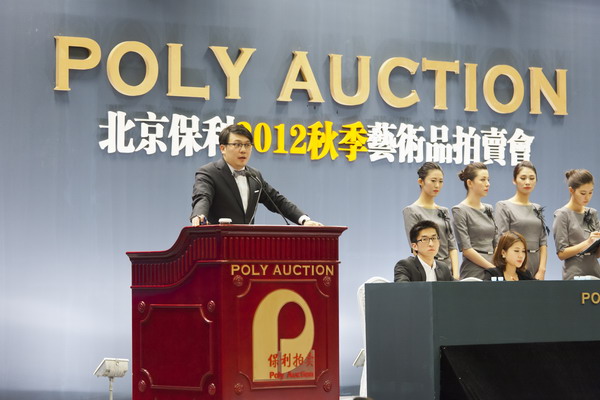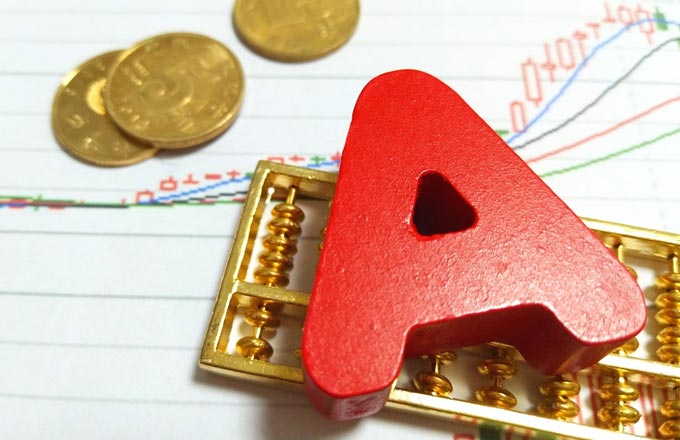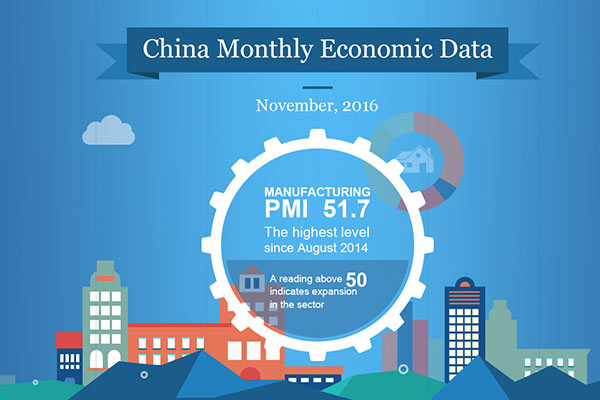State of the art market
The art market in China had been surging due to a loosening in monetary policy after the 2008 global financial crisis. As the government tightened credit in late 2010, the art market started to slow down, Guan says.
"China's art market is increasingly related to the capital market. It now depends heavily on liquidity."
While many art dealers in the West come from the art world and have more reasonable expectations regarding investment returns and appreciation cycles, most Chinese collectors lack that background and tend to be more speculative, she says.
Among them is Liu Tao, who runs an apparel factory in Ningbo in the southern province of Zhejiang and who has been collecting art for more than 20 years.
With a shortage of capital for his business, Liu went to almost every auction in Beijing last year, hoping to sell some of his collection.
"I sold only 50 percent of what I submitted at Poly's autumn auction," Liu says, attending his final auction on the last day of 2012. "This time, I sold only 40 percent."
A crackdown by the Chinese authorities on tax evasion on imported artworks also contributed to the gloomy picture last year.
It is reported that art collected overseas - mostly Chinese ink paintings, calligraphy and ceramics - accounted for 30 percent of sales and 50 percent of profits in the Chinese market.
There is no clear regulation on tax on imported artworks, adding to uncertainty in the market.
"It's like a sword hanging on your head that can drop any time," says Ji Tao, a veteran auctioneer in Beijing. "No one knows if they should collect art from overseas anymore."
At the same time, collectors have become more reluctant to sell when prices are falling.
"The real problem is the scarcity of top quality pieces," adds Guan. "As the market slows, the collectors tend to look on, waiting for the next bull market, but 2010 and 2011 were so vigorous that a huge number of the sources have been exhausted. What is left is no longer enough to support market growth."
Poly International went to 16 countries last year to gather works for auction, and plans to visit 18 this year.
However, the slowdown is not all bad for the market's long-term development; with speculators drifting away, it is now left with genuine art lovers and long-term investors, who demand a higher level of quality and service, Guardian's Hu says.
"Everyone sells Zhang Daqian (a prodigious traditionalist painter 1899-1983)," Hu says. "The point now is how to pick a better piece and present its value better. This was not as important when the market was strong. It could absorb almost anything at that time."
Don't miss
China art auctioneers eye slice of HK market
China Guardian 31st Quarterly Auction ready to go
Sotheby's Chinese JV holds inaugural auction
Sotheby's taps into Chinese mainland market
























